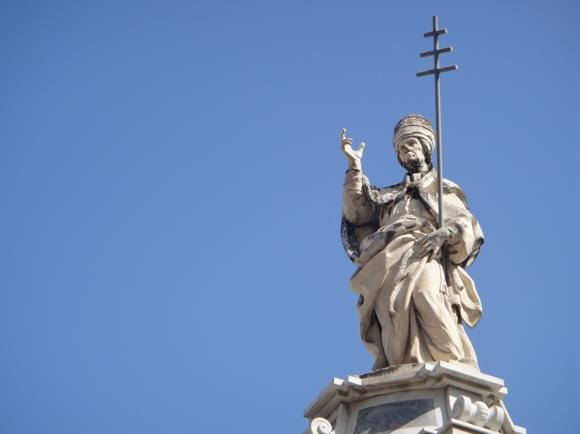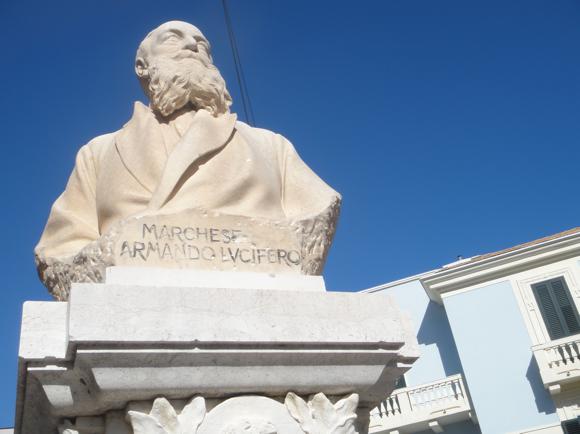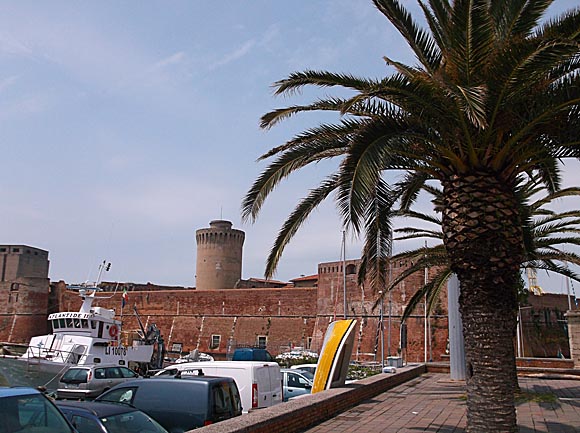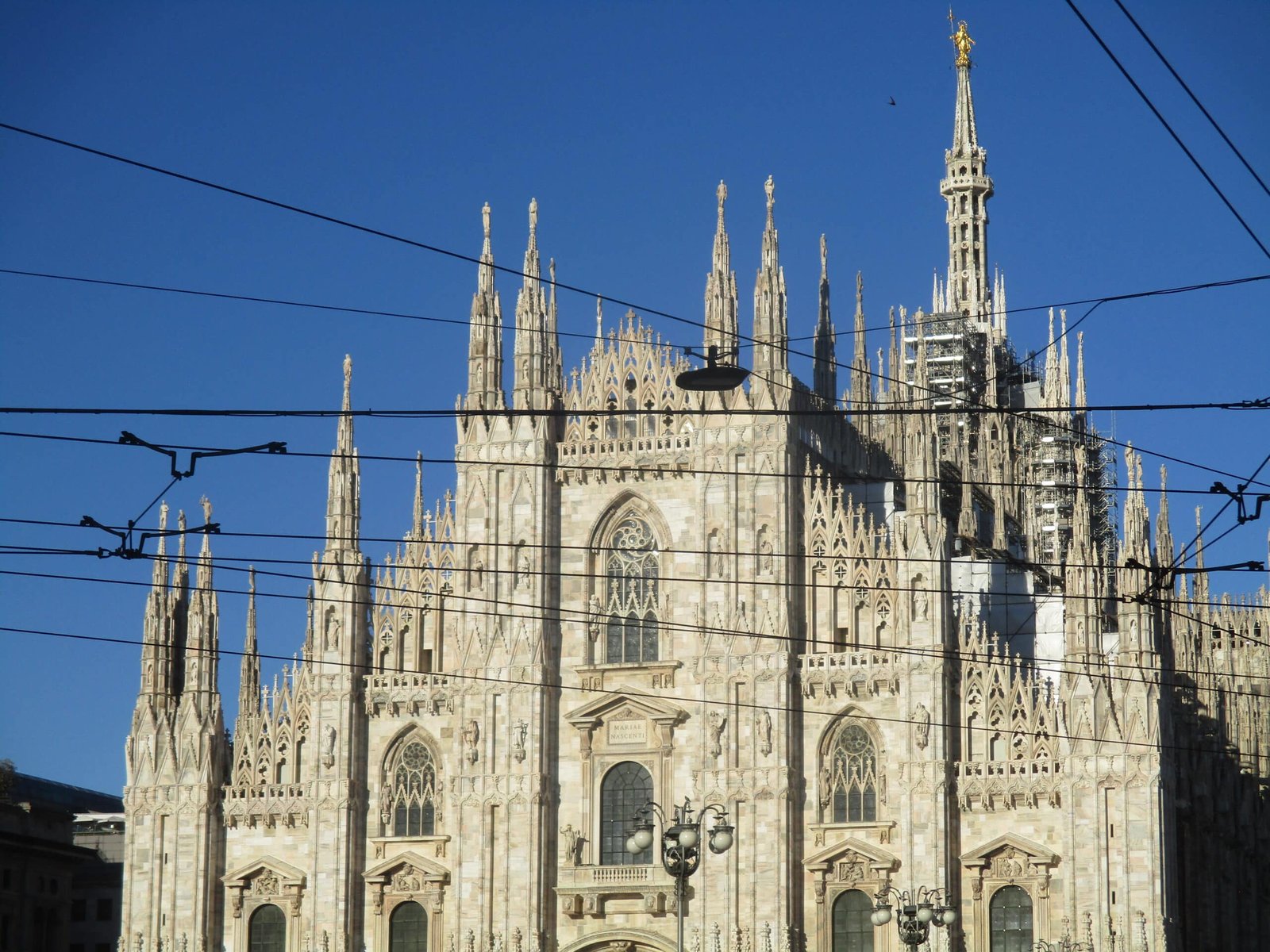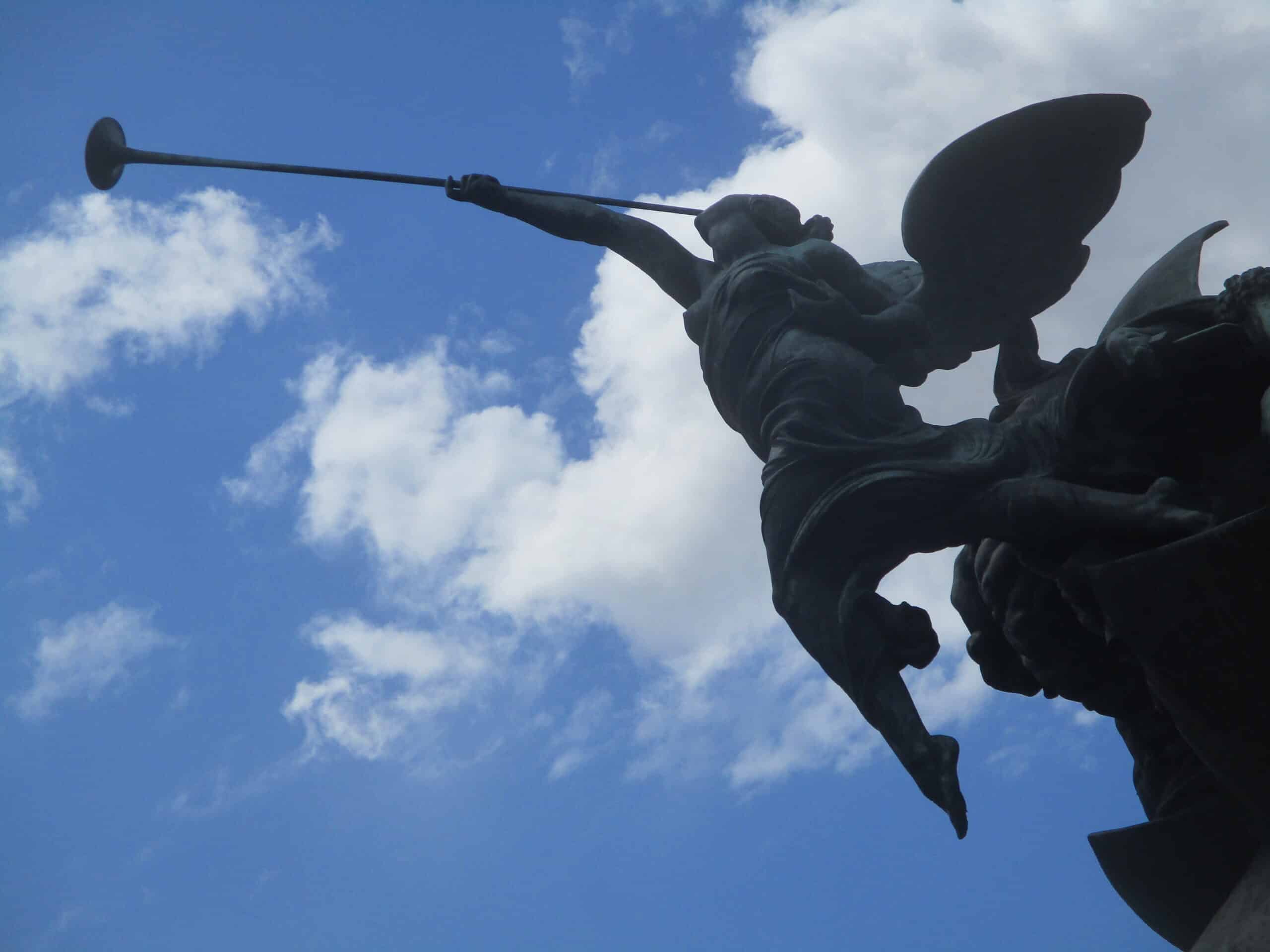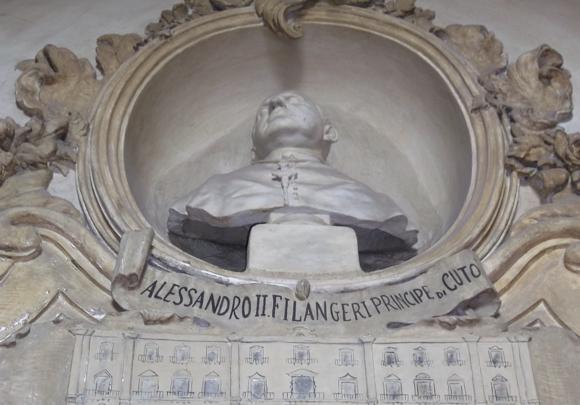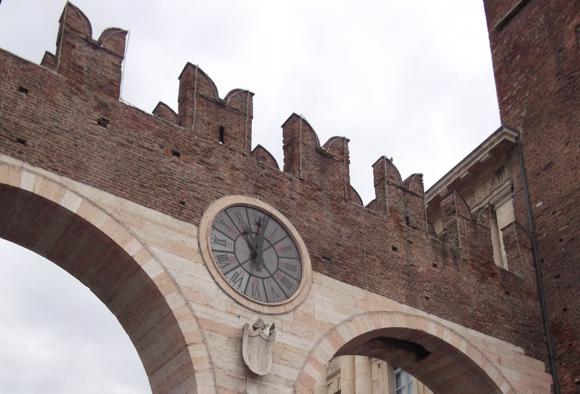Teams, tales and tips – a guide to the local game
Home of opera and its signature ham and cheese, Parma also lent its name to the Parmalat dairy company. The firm’s collapse in 2003, Europe’s biggest bankruptcy, led to the insolvency of one of the most successful Italian clubs of the 1990s and early 2000s: Parmalat-backed Parma AC.
First revived as Parma FC, the Gialloblù bounced back from Serie B to a stable position in Serie A. But Parma were no longer winning Italian Cups and European trophies – they notched up three of each in the glory years – and collapsed completely in 2015.
A new club, Parma Calcio 1913 emerged, starting at the highest amateur level of Serie D. The fact that revered old coach Nevio Scala put himself up for chairman and 9,000 locals put their hands in their pockets for season tickets – for a season of amateur football – spoke volumes for the love of the club that put the city of Parma on the map back in the 1990s.
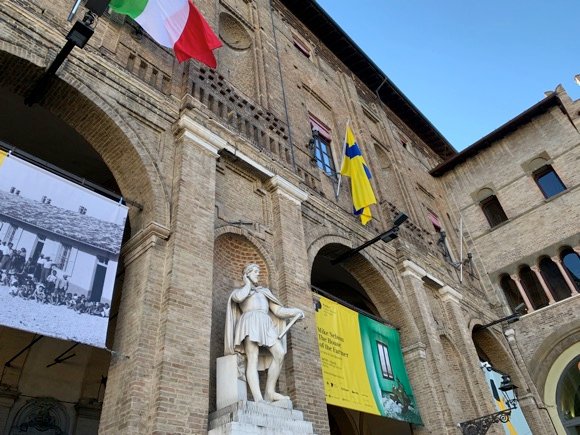
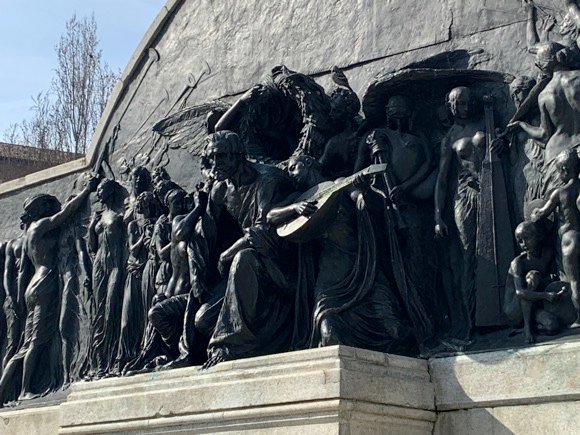


They would be rewarded with three promotions in as many seasons, reaching Serie A in 2018. Although relegated after three seasons, Parma built another bridge to their gilded past when they welcomed back Gianluigi Buffon in 2021, 20 years after the ageless goalkeeper left the Stadio Ennio Tardini to win ten titles at Juventus.
The year featured in the name of the new Parma club, 2013, is no coincidence. The city had just celebrated the 200th anniversary of the birth of Giuseppe Verdi in the Duchy of Parma, and the club its own centenary. In 1913, in honour of the great composer, a Verdi Football Club was formed, playing in yellow and blue. With three players named Rossini in their line-up, Verdi FC drew 0-0 with Fidentina, from nearby Fidenza. Their opponents still play in the sixth-level Eccellenza, Emilia-Romagna division.
Three months later, Parma staged the Coppa Verdi, the visitors including Bologna, Brescia and Modena. Representing the hosts were Lento Club Parma, many of whose players ran out for Verdi that July. By December, Verdi and Lento merged to form Parma Football Club.

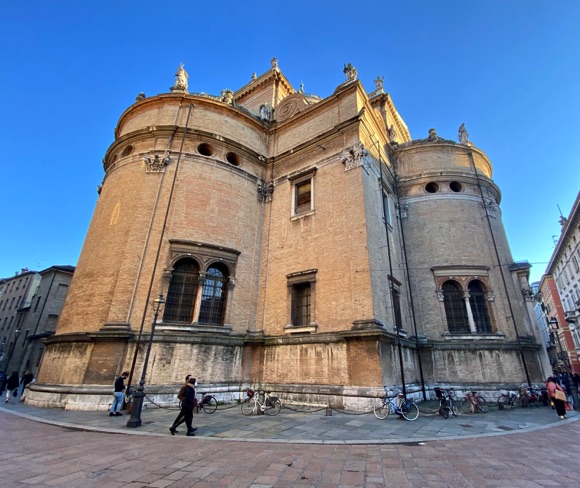
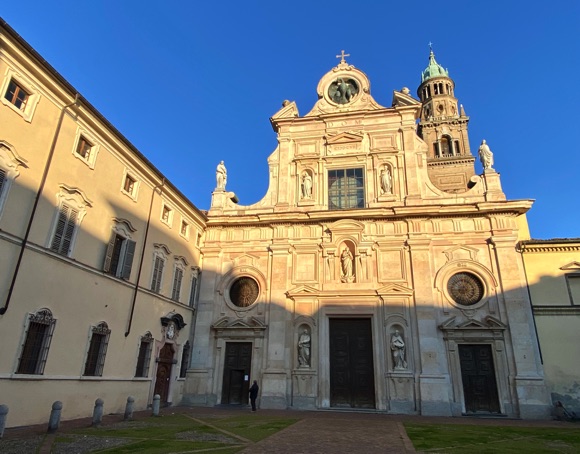
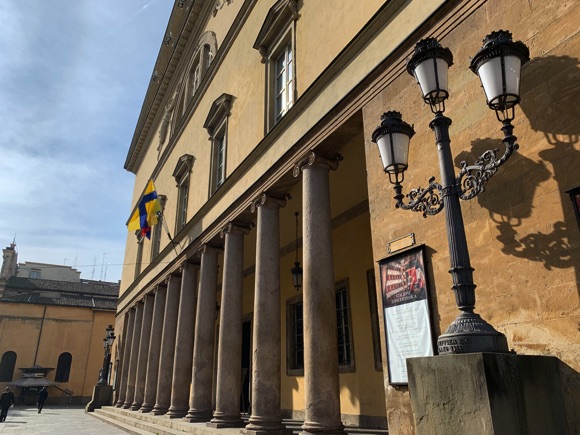
On New Year’s Eve in 1922, dedicated club president Ennio Tardini laid the first stone of a new stadium he wouldn’t live to see built. The stadium, just south of the city centre, has since served Parma for 100 years.
For most of that time, the Gialloblù were in the lower leagues. Promotion in 1990 under Nevio Scala changed all that.
With no inner-city rivalry and Parmalat money in abundance, Parma attracted top world stars (Faustino Asprilla, Lilian Thuram, Juan Sebastián Verón) to play under managers such as Carlo Ancelotti and Arrigo Sacchi.
Parma’s consistency was remarkable. Until the meltdown, Parma finished in the top six every year but one, over the course of 14 seasons when Serie A was in its pomp.

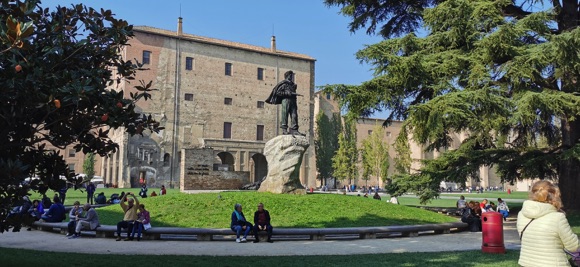



What remains today is a well respected club with a significant fan base, unlikely to repeat the feats of recent years but gradually building a business in the uncertain climate of contemporary Italian league football.
Originally, fans owned 25% of the phoenix club, reduced to 10% after a Chinese businessman bought majority ownership in 2017, then further reduced to a token 1% once the Krause Group took over in 2020. Owners of the unfortunately named Kum & Go chain of convenience stores in the Midwest, Krause also oversees a soccer team in Des Moines.
Nevio Scala, meanwhile, resigned from his post as chairman shortly before the 2017 takeover, today Parma yet another Italian club in American hands.
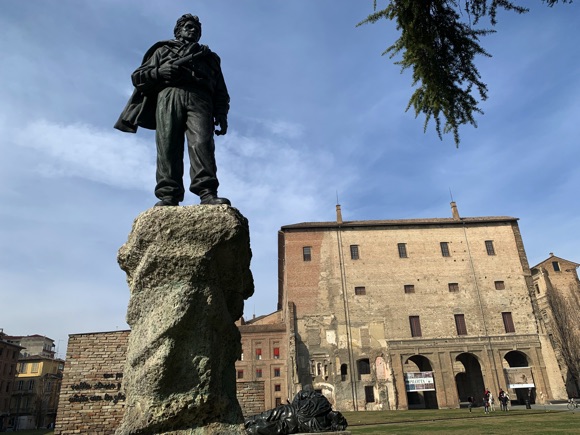
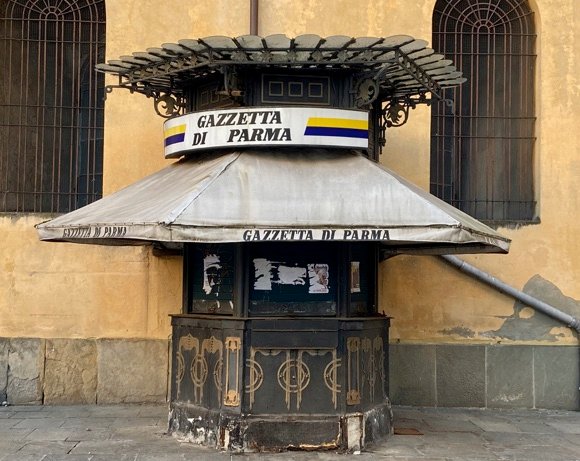
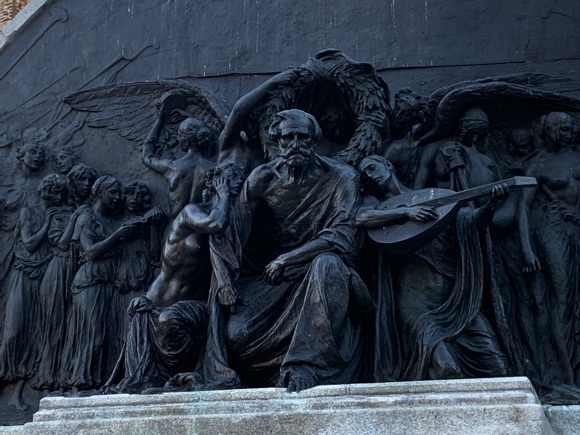
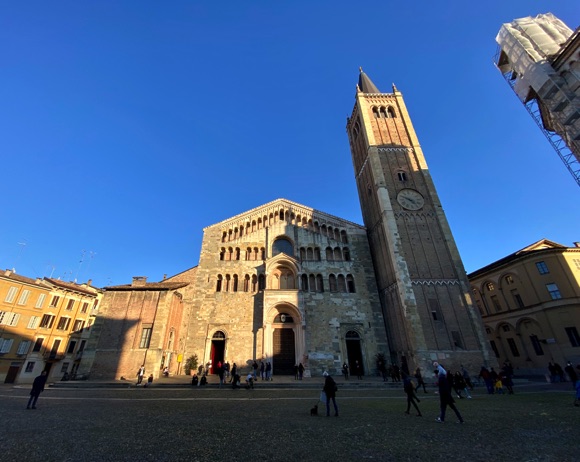
Getting Around
Arriving in town, local transport and timings
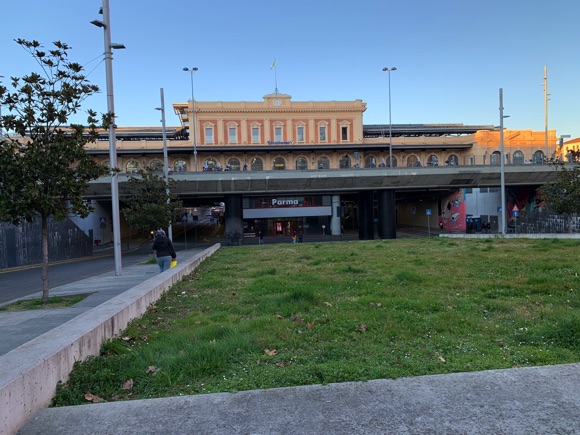
Parma’s Giuseppe Verdi Airport is 2.5km (1.5 miles) north-west of town, connected by half-hourly bus 6 (€1.20, €1.80 on board) that takes 15mins to reach Parma train station.
A taxi (+39 0521 252 562) should cost around €10.
The city centre is walkable though you’ll need a bus (day ticket €3) if you’re going from the train station right across town to the stadium.
Where to Drink
The best pubs and bars for football fans

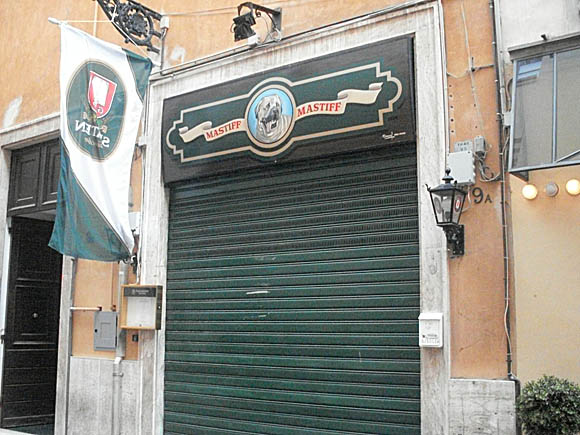



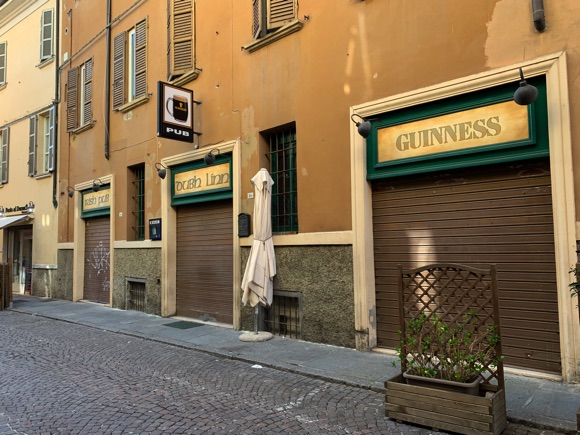
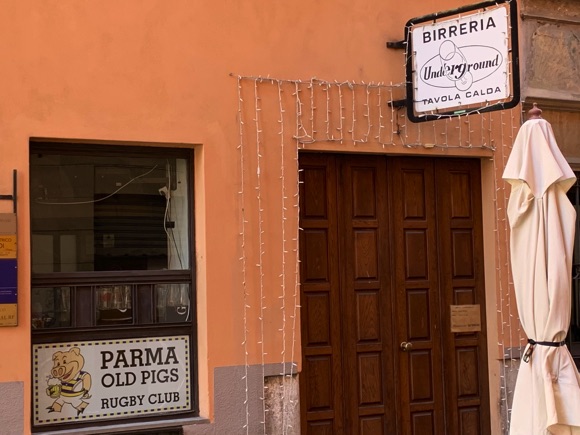

Of the modest number of pub-like places in town, Tonic offers Paulaner beer and live HD match action on a huge screen. Equally football-friendly, with a downtown location at via Goffredo Mamelli 9, is the Mastiff Pub, also known for its hamburgers. Even closer to the Cathedral, the Dubh Linn goes big on beer and TV sport.
A classic downtown restaurant, a favourite with fans and players alike, the Trattoria del Tribunale displays tasteful Parma FC iconography – plus hams by the hundredweight.
Slightly out of the centre at via La Spezia 51, the Highlander Pub is renowned for its range of beers. Also in the west of town, the Tapas Bar (via Massimo D’Azeglio 67) is another popular meeting place. By the river, the Birreria Underground (via dei Farnese 2) is seriously beer-focused venue.
Where to stay
The best hotels for the stadium and city centre




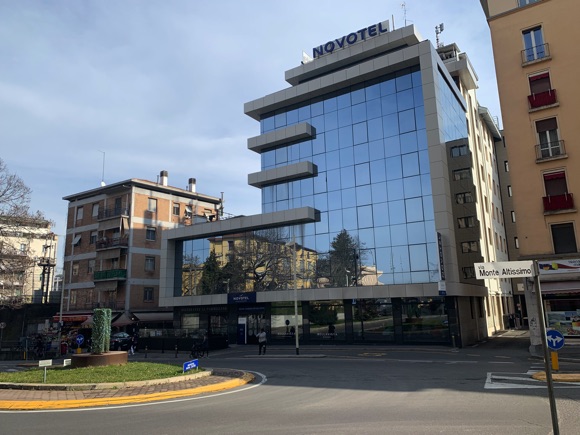
The Parma Tourist Office has basic details of local hotels.
Near the stadium, the Grand Hotel de la Ville is a five-star congress hotel with a gym and sauna. Equally convenient Parizzi Suites & Studio comprises 13 well appointed suites with a complemented by a destination restaurant.
The more affordable Rubra B&B lies on the western side of town, while central are three-star Hotel Button and renovated riverside Hotel Toscanini, now in the ibis group.
Conveniently located by the station, the Hotel Century is as pleasant a three-star as you could find. Nearby four-star, the business-friendly Novotel Parma Centro, offers a sauna and gym, along with its own internal garage.


